Spending a day exploring Luxor truly felt like stepping into the pages of history. It was an unforgettable experience, brimming with some of Egypt’s most iconic sites. From the mystique of the royal tombs in the Valley of the Kings to the breathtaking temples of Hatshepsut, Karnak, and Luxor, we were immersed in the grandeur of ancient Egypt. With its surprising charm as a smaller town, Luxor offered a sense of intimacy that made our visit even more enjoyable. Here’s a breakdown of our incredible day.
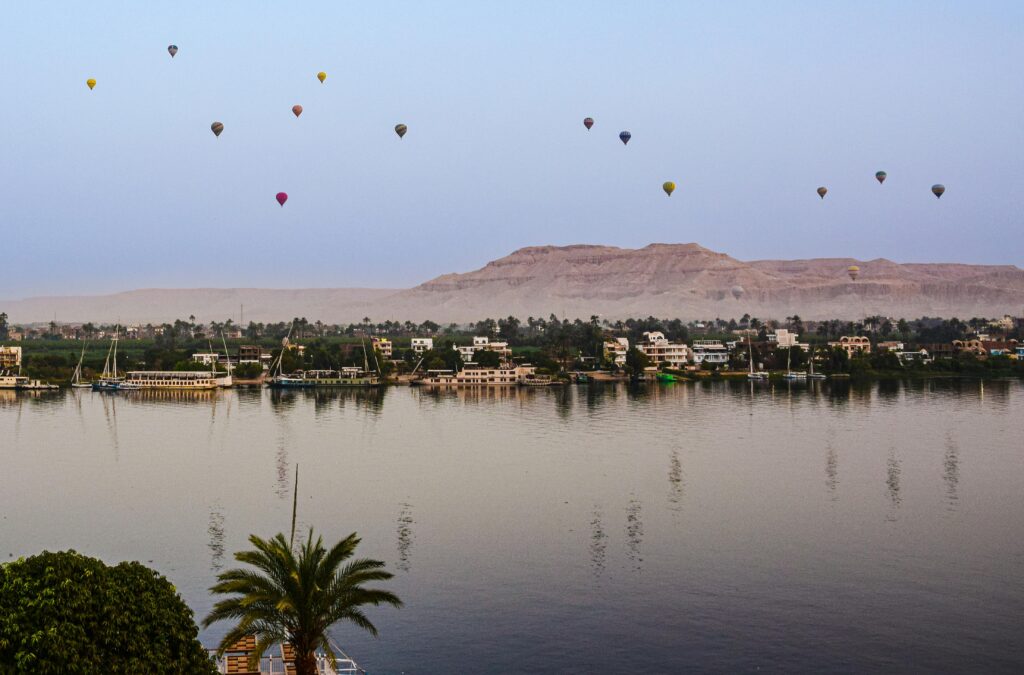
Starting the Day: Pickup and Journey to the West Bank
We began our day early to fit in all the major sites. Our friendly guide met us at our cruise ship and whisked us off along the scenic Nile River. The lush riverbanks and desert landscapes set the perfect tone for the adventure ahead.
Valley of the Kings: Exploring Royal Tombs
Our first stop was the Valley of the Kings. Having already visited many temples in Egypt, I wasn’t sure what to expect, but the Valley of the Kings offered a completely different experience.
Set in an expansive desert canyon, there isn’t much to see from the outside—just dusty roads winding into the cliffs. But hidden within are 63 tombs, the resting places of pharaohs, nobles, and other prominent figures from Egypt’s New Kingdom (16th–11th centuries BCE). Our guide explained the significance of the tombs and the incredible engineering involved in carving them into the rock over 3,000 years ago.
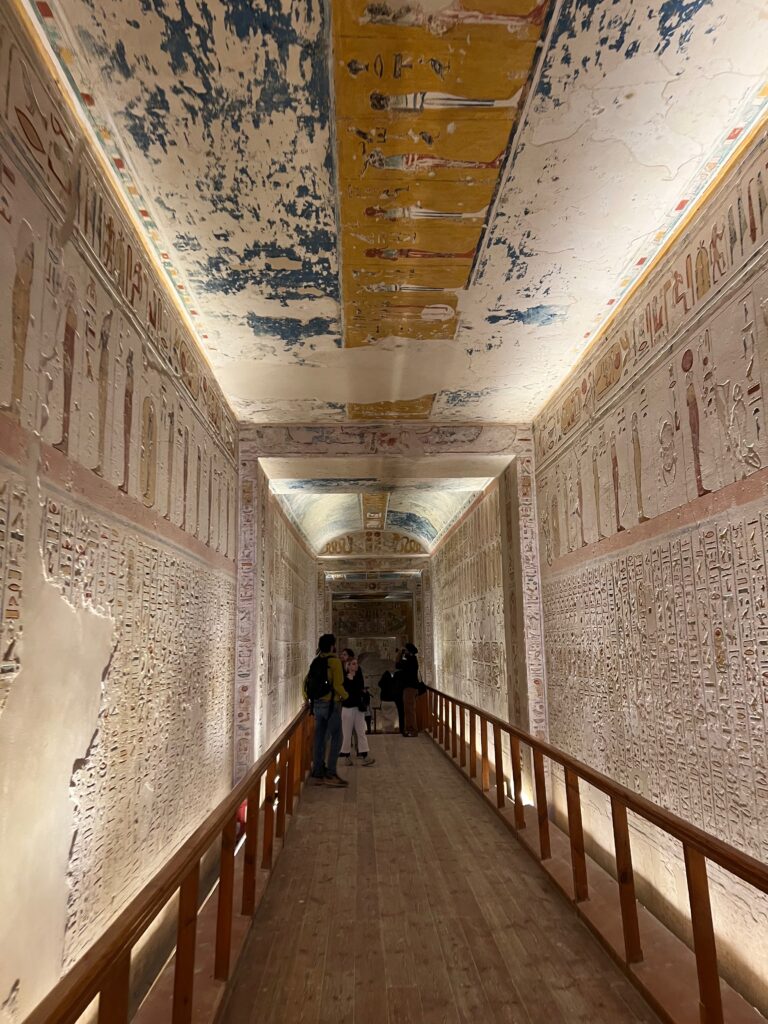
Inside the Tombs
With our standard ticket, we were able to visit three tombs. Walking down the steep passageways into the tombs was an adventure in itself. The vibrant artwork and hieroglyphics on the walls depicted the pharaohs’ journeys to the afterlife in stunning detail. Despite the crowds, it was a breathtaking experience.
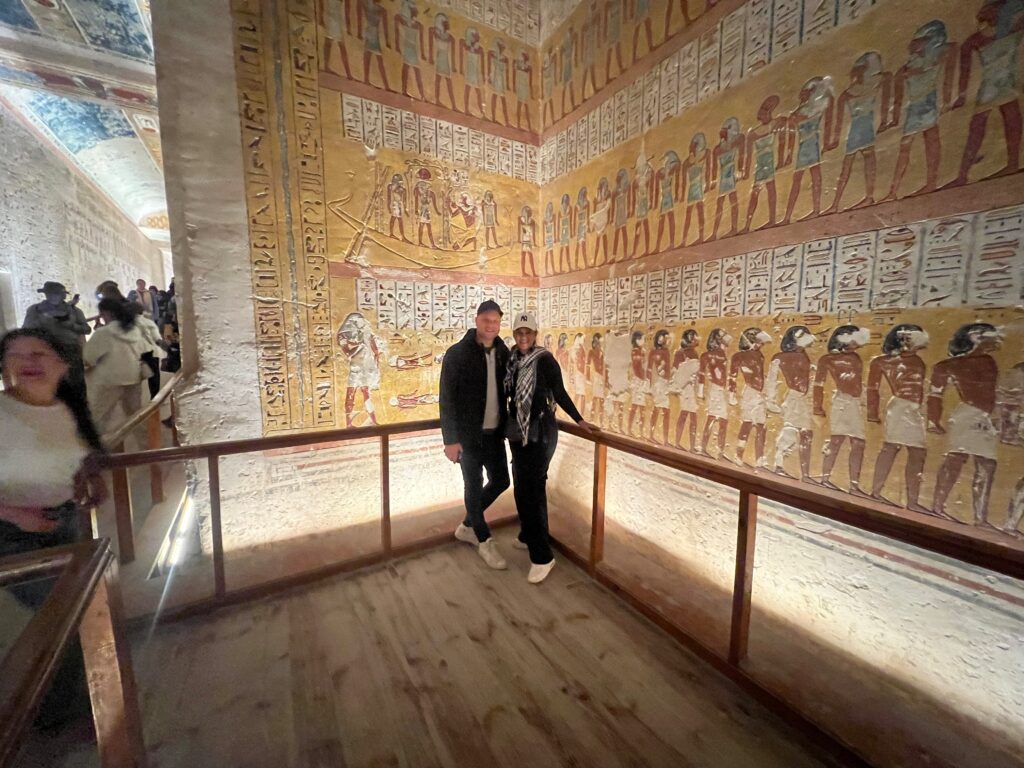
The Valley of the Kings was, without a doubt, one of the most remarkable places we visited in Egypt. If you’re planning a trip to Luxor, this is a must-see.
Alabaster Factory: A Peek Behind the Craft
After exploring the tombs, we made a stop at a local alabaster factory, a common experience for tourists in Egypt. Alabaster, a soft, white stone, has been used for centuries to craft bowls, figurines, and scarab beetles.
Inside the Factory
We watched artisans transform raw alabaster into polished treasures using traditional tools and techniques. The showroom was filled with alabaster creations, from small keepsakes to large, intricate statues. While the shop staff were eager for us to buy something, the experience was lighthearted, and we walked away with a beautifully carved scarab beetle—a lasting reminder of our visit.
Temple of Hatshepsut: A Monument of Power and Beauty
Our next stop was the Temple of Hatshepsut, an architectural marvel nestled against towering limestone cliffs. Built by Queen Hatshepsut, one of Egypt’s few female pharaohs, this temple is a testament to her remarkable reign.
Walking up to the temple from the car park provided an awe-inspiring view of its grand terraces. Inside, our guide shared stories of Hatshepsut’s two-decade rule, her divine birth, and her efforts to legitimize her authority. The reliefs and statues throughout the temple showcased her power and achievements.
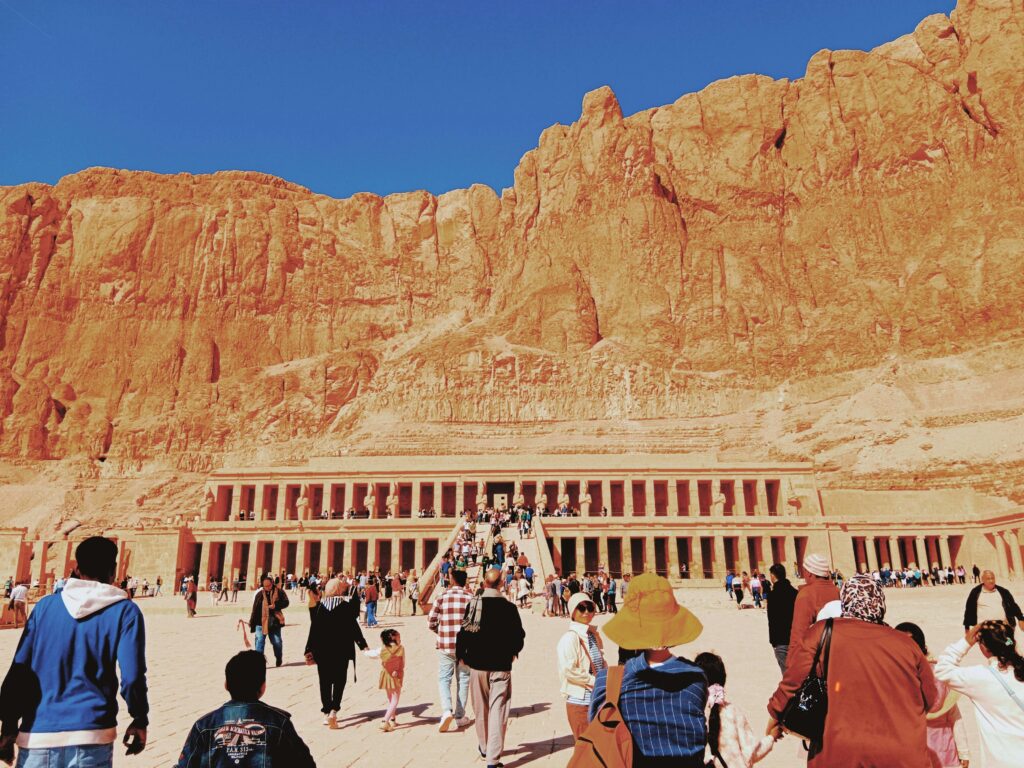
Lunch Break: Traditional Egyptian Fare
After a morning of exploration, we enjoyed lunch at a local restaurant. Our guide, who lived in Luxor, took us to a friend’s place, where we were treated to a traditional Egyptian feast. Plate after plate of delicious food arrived at our table, leaving us both full and delighted.
Temple of Karnak: A Grand Site of Worship
Next, we crossed to the East Bank to visit the sprawling Temple of Karnak, one of the largest temple complexes in Egypt. Dedicated to the god Amun, Karnak served as a centre of worship for over 2,000 years.
Exploring the Hypostyle Hall
The highlight of Karnak was the Hypostyle Hall, a forest of massive stone columns adorned with intricate carvings and hieroglyphics. Walking through this space, surrounded by such monumental architecture, was an experience I’ll never forget. Our guide shared fascinating insights into the temple’s religious significance and the rituals that once took place here.
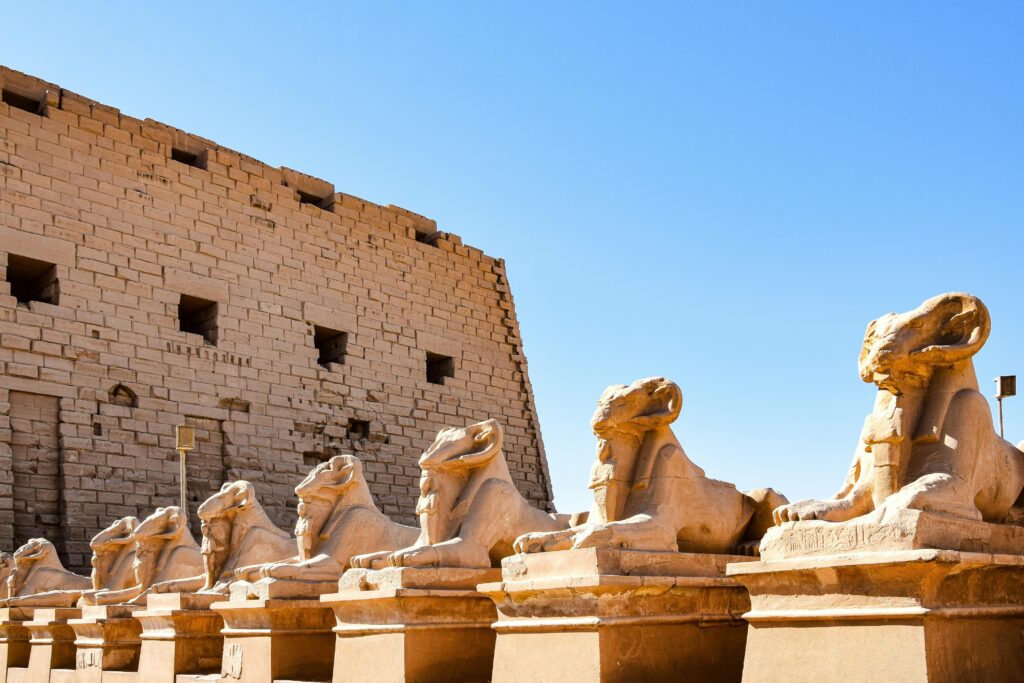
Luxor Temple: A Perfect End to the Day
Our final stop was the Luxor Temple, an elegant complex connected to Karnak by the Avenue of Sphinxes. Built by Amenhotep III and completed by Ramses II, this temple features towering statues and beautifully preserved carvings.
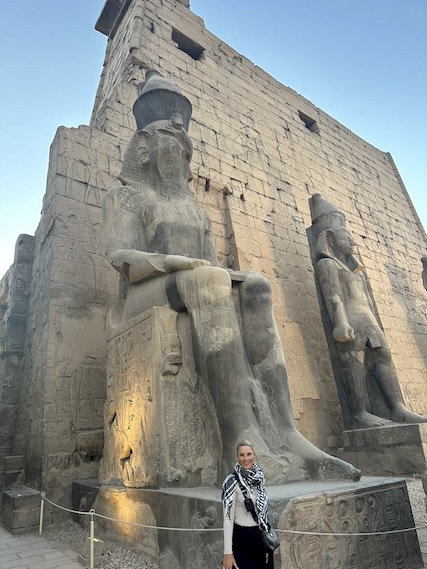
The Abu Haggag Mosque
One of the most interesting aspects of Luxor Temple is the Abu Haggag Mosque, built atop part of the temple over 700 years ago. Our guide explained that the mosque was constructed when the temple was buried under centuries of Nile silt, blending ancient and Islamic architecture in a unique way.
Sunset at Luxor Temple
As the day came to an end, the late afternoon light bathed the temple in a warm glow, creating the perfect setting for photos. The open-air design and towering columns added to the serene beauty of the site, making it an ideal conclusion to our day.
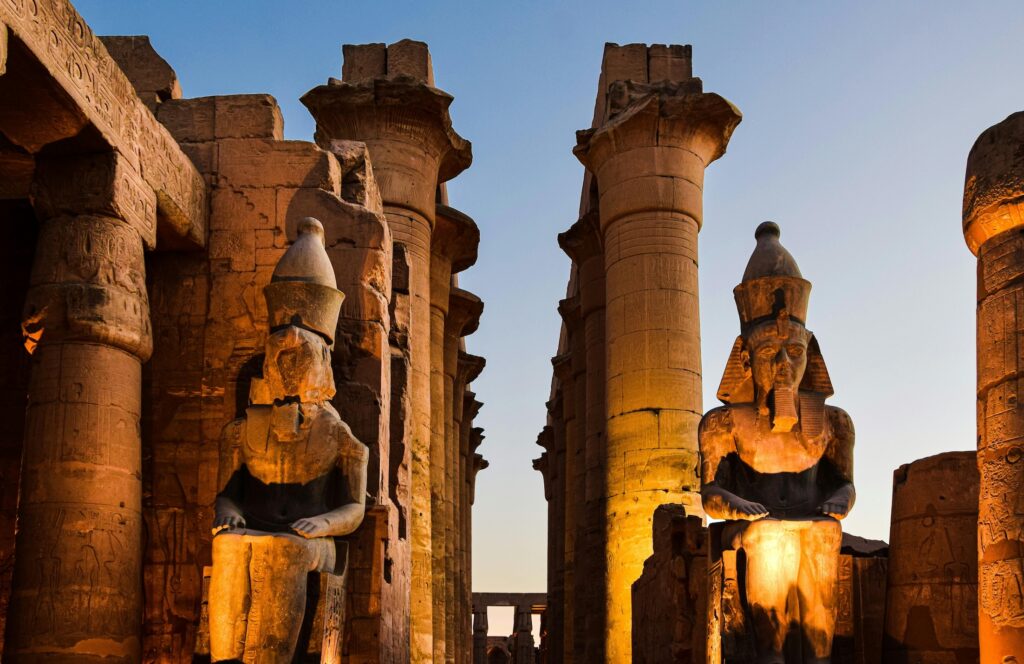
Reflections on Our Day in Luxor
Our day in Luxor was a journey through time, filled with awe-inspiring sites and rich history. From the Valley of the Kings to the majestic temples of Hatshepsut, Karnak, and Luxor, each stop offered a deeper understanding of ancient Egypt’s grandeur.
If you’re planning a trip to Egypt, make sure to include this day tour in your itinerary. The blend of historical depth, cultural experiences, and architectural marvels makes Luxor an unmissable destination for any traveller.

